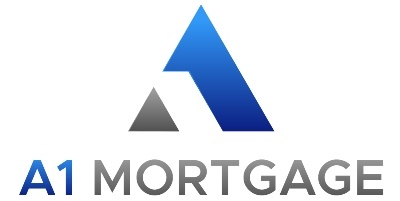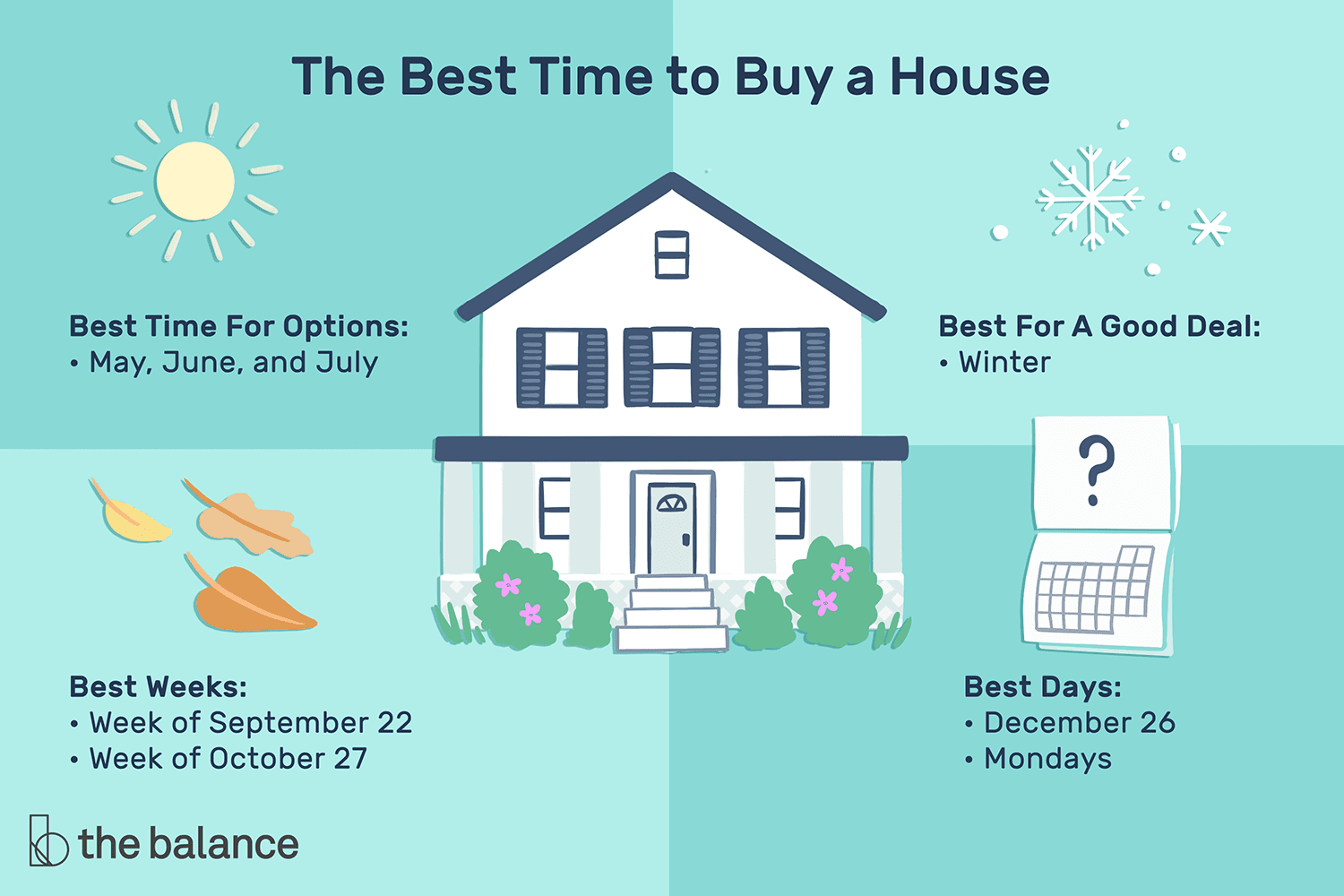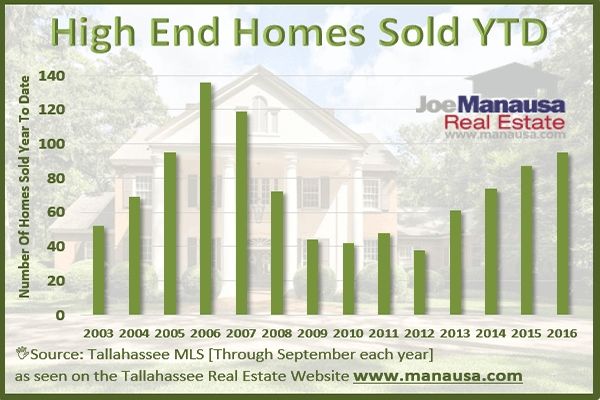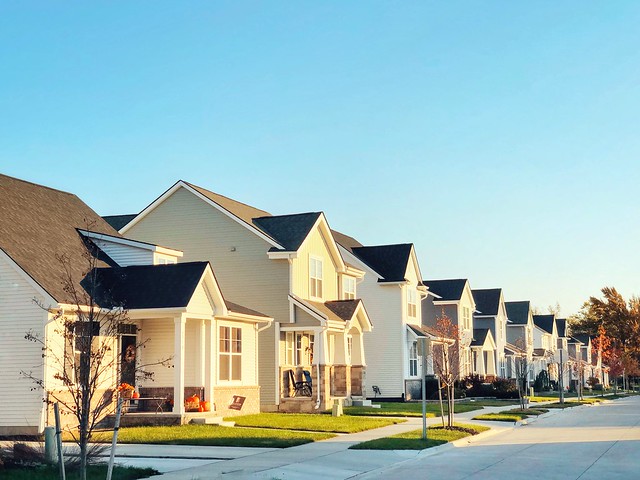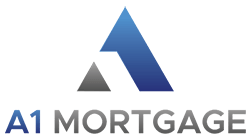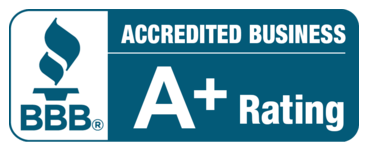In our last blog, we explored what an FHA loan is and some of the basic requirements, rates, and benefits associated with this type of home loan. This week we’re going to build on that information and go over the different FHA loans mortgage companies offer to potential home buyers in 2022.
Keep reading for more information about the different FHA home loan programs and how to choose which one is right for you!
Type of FHA Loans That You Can Choose From
Fixed-Rate FHA Loans
Available in 15- or 30-year terms, FHA mortgages have a low down payment (as little as 3.5% of the purchase price) advantage. Rates are also competitive, and credit standards are more flexible. Most mortgage lenders in Missouri will require a minimum credit score of 620 to qualify. However, if you can put down a larger down payment, some lenders may be willing to work with you if your score is lower or advise you to improve your score if the timeline for your home purchase is not immediate. An improved score will help you save on interest and could potentially qualify you for a lower mortgage rate.
The standard FHA loan has helped millions of American homebuyers achieve homeownership, but only one FHA loan per borrower can be financed at a time. Also, monthly mortgage insurance is required for the life of the loan unless you make a down payment of at least 10% or refinance to a new home loan type in FHA or non-FHA.
Adjustable-Rate FHA Loans
An adjustable-rate mortgage (ARM) has a low, fixed-interest rate for the first five years, then adjusts upward or downward according to the market. The advantage of this type of FHA loan is that your initial monthly payments are usually lower than a fixed-rate product.
There are several term options available for an FHA ARM.
- 1-3 Year Adjustable Rate: Can increase up to 1% annually after the initial fixed period and 5% cap over the life of the loan
- 5- Year Adjustable Rate: Fixed for five years, then can increase up to 1% annually and 5% cap over the life of the loan
- 7-10 Year Adjustable Rate: Fixed for seven or ten years, they can increase up to 2% annually and 6% cap over the life of the loan
This type of FHA loan may not be the best option if you stay in your home for more than a few years because the interest rate and monthly payments could increase significantly after the initial fixed period.
Graduated Payment FHA Loans
An FHA 245(a) comes with a fixed rate graduated-payment mortgage, also known as a “Growing-Equity Mortgage” (GEM). A graduated mortgage is structured to increase your monthly payment on a graduated schedule, usually in equal steps at fixed intervals. As your loan gets amortized, you will start building equity in your home faster. These loans are set up for 30 years, but the payment structure is such that the loan will be paid off in 10 to 15 years – meaning you could be mortgage-free much sooner than with other financing options!
The FHA Section 245 mortgage loan option was created when rates were as high as 15%, making it very difficult to reduce the principal balance of your loan. However, in today’s low-interest-rate environment, many homeowners prefer paying a little extra each month to repay their loans sooner.
Since a graduated plan comes with a scheduled payment increase, you will need to budget for this increase and make sure it aligns with your financial goals. Nevertheless, it is an excellent option for buyers who plan to stay in their home long-term and have a growing income as it comes with a near-guarantee of early payoff and other benefits.
FHA 203(k) Rehabilitation Loan
Compared to other types of FHA Home loans in Missouri, the 203(k) rehabilitation loan is designed to finance the purchase of a home and the necessary repairs or remodeling. The loan limits are based on the “as improved” value of your property, which means you can use this program to finance up to 110% of the after-improved value of your home. In addition, since the program was designed to help revitalize areas and neighborhoods, a portion of every 203(k) loan must be used for labor and materials to improve the energy efficiency or livability of the home.
This type of FHA loan can be very beneficial if you buy a “fixer-upper” or distressed property because it allows you to finance both the purchase price and the necessary repairs or remodeling in one loan. The 203(k) program can also be used to refinance your home and finance needed repairs simultaneously, making it an excellent option for homeowners strapped for cash but need to renovate their homes.
The main downside of this type of FHA loan is the amount of paperwork and documentation required to get approved. Because you are essentially getting two loans in one (the purchase loan and the rehabilitation loan), a lot of information is needed to complete the application.
FHA Reverse Mortgage
Reverse mortgages are used as home equity conversion mortgages (HECMs), allowing qualified homeowners to receive monthly or lump sum payments by liquidating the home’s equity build. The FHA HECM program is the most popular reverse mortgage program in the US today. However, other options are available if you do not qualify for an FHA loan.
A reverse mortgage program can be an excellent way for senior Americans who already own their home outright to supplement their retirement income. However, since HECMs reduce your available equity, it has some strict eligibility requirements that you must meet to qualify.
To be eligible for a HECM, you must:
- Be at least 62 years old.
- Own your home outright or have a low mortgage balance that can be paid off at closing with proceeds from the reverse mortgage loan
- Occupy the property as your primary residence
- Complete a consumer education course led by an approved HECM counselor
Along with a gradual reduction in equity, another downside of a HECM is that you will be responsible for paying fees and mortgage insurance upfront at closing. These fees can be financed as part of the loan but will add to the overall cost.
So while a HECM can be a great way to supplement your retirement income, it is vital to understand the costs and risks of this type of loan before proceeding.
FHA Energy Efficient Mortgage
The Energy Efficient Mortgage program helps homebuyers or homeowners save money on utility bills by enabling them to finance the cost of energy-efficient upgrades to their mortgage. Qualifying improvements include air sealing, insulation, windows, doors, and heating and cooling systems.
EEMs are available for new and existing homes and can be used in conjunction with other FHA-insured mortgages, such as the 203(k) rehabilitation loan.
One of the great things about this type of loan is that you can finance up to 100% of the cost of energy-efficient improvements, making it a very affordable way to make your home more energy-efficient. Another benefit is that these loans are available for purchase and refinance transactions, so you can use an EEM to finance energy-efficient upgrades on a home you already own.
However, if you go this route, you will need an energy assessment to prove that the improvements will lead to energy savings.
Streamline FHA Refinance
The streamlined refinances are a unique program offered by the FHA Missouri lenders for homeowners who currently have an FHA loan and want to refinance into another FHA loan. So even if you are behind on payments, the lender may be able to help you get back up to date before closing on the existing loan.
There are several benefits to a streamlined mortgage refinance:
- Low refinance rates
- No income verification required
- No employment verification required
- No credit check
- No appraisal
The process is also much quicker and can take as little as 30 days from start to finish, making it a great option if you need to refinance in a hurry.
FHA Vs. Conventional Loans
FHA loans are government-backed loans available to all types of borrowers, while conventional loans are available to creditworthy borrowers through private lenders.
FHA loans are available to individuals with credit scores as low as 500. If your credit score is between 500 and 579, you can still qualify for an FHA loan, but you will need to put 10% down- still half of what you would need for a conventional loan. If your credit score is 580 or above, you can qualify for a 3.5% down payment on your FHA loan. By contrast, you would need to put 20% down on a conventional loan if your credit score is below 740.
FHA loans also have more lenient income and employment requirements than conventional loans. As a result, you can qualify for an FHA loan if you are self-employed, even if you do not have a long work history.
Is an FHA Loan Right for You?
If you are looking for a mortgage loan with more flexible credit and income requirements, an FHA loan may be the right choice. FHA loans have been helping people become homeowners since 1934, and still today, they are one of the most popular types of home loans available.
So if you are looking into buying or refinancing a home, it might be worth your while to look into an FHA loan. You may be surprised at how easy it is to qualify and how much you can save with this type of loan.
Get in touch with A1 Mortgage today, and our team of expert local mortgage lenders will help determine if an FHA loan is right for you. We can also help you compare FHA loans to other home loans to ensure you get the best deal possible.
